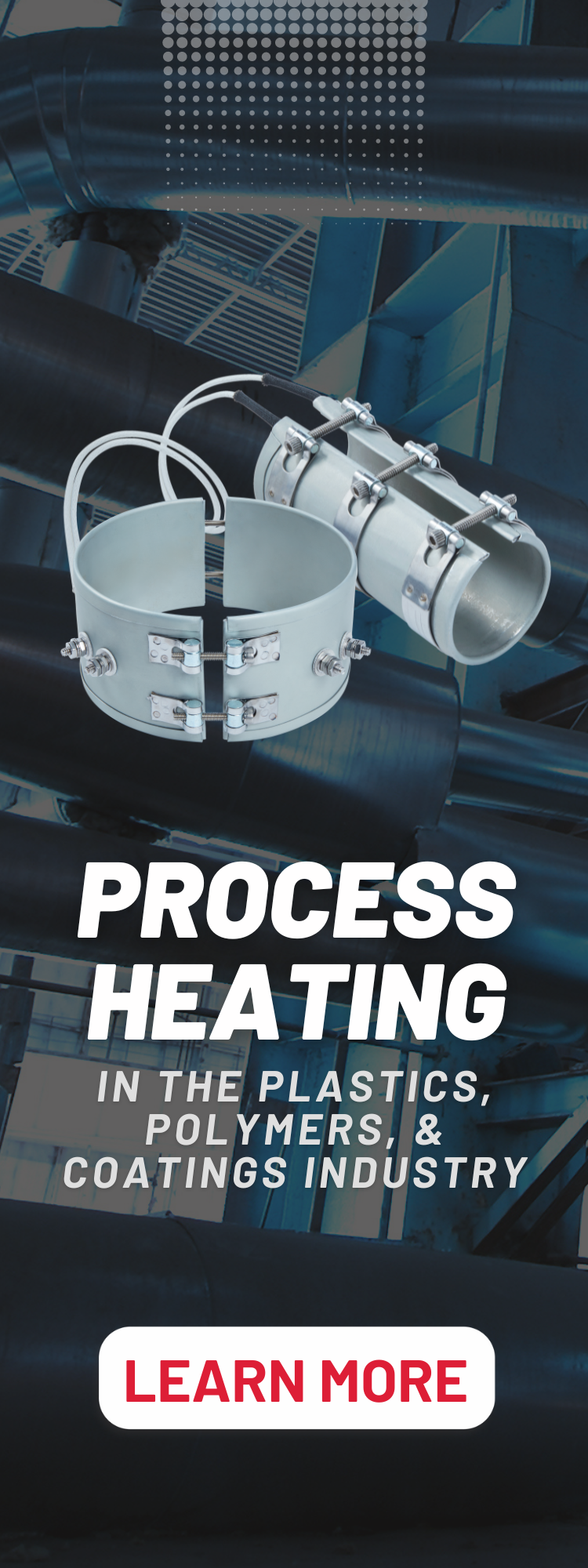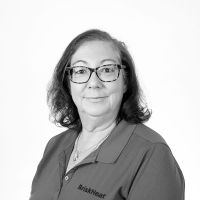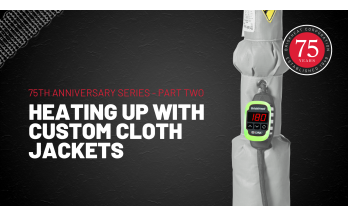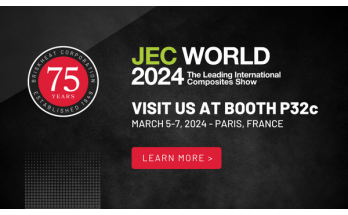Processing Heating in Plastics, Polymers, and Coatings
Plastic and polymer are terms that are often used interchangeably; however, they are not the same. A polymer is composed of a sequence of monomers or single molecules. These can be naturally occurring such as tar, silk, rubber, or synthetic. Synthetic polymers also include adhesives, coatings, industrial fibers and more. Plastics are combinations of polymer chains. So, while all plastics are polymers, not all polymers are plastic. Heat is typically required to process these materials.
Essential Heating Applications
Synthetic Polymers
Crude oil can be separated into different hydrocarbon chains. A chemical reaction, often requiring heat, allows these chains to combine in a process known as polymerization. Water may be naturally occurring or be a byproduct of the process.
Drying Materials
Prior to further processing monomers or polymers, it is important that the materials remain moisture free. BriskHeat silicone rubber heating blankets can be used on hoppers or rotary dryers to remove moisture and prevent condensation from forming on the material. Afte drying, material can be moved through a pipeline heated with custom cloth heating jackets or heating tapes. If the material is not dried, it may not compound properly, or may show visible flaws in the final product.
Manufacturing Plastics
Polymers are often mixed with dies or other ingredients and fed through a heated chamber known as an extruder. Some extruders use band heaters around the diameter of the chamber and others have recesses for cartridge heaters. The melted liquid is fed through a die which produces plastic strands. These strands are cut into pellets for future use. Pellets are often stored in drums or totes. Heating these with full coverage insulated cloth heaters ensures the pellets remain moisture free.
Blown Film
Another extrusion process is used to fabricate plastic film. Hot air is blown into the circular shaped plastic causing it to expand like a balloon. Depending on the die and downstream equipment, the film can be cut into a single sheet or folded into a multi-layer sheet. It can even be left circular for manufacturing plastic bags. The feed rate of the extruder and the volume of air allow for different diameters and ply thicknesses.
Injection Molding
Approximately 50 – 60% of all plastic products are made by injection molding. Heaters are used to melt the pellets. Nozzle heaters are typically installed at the discharge point to prevent the plastic from solidifying before it is injected into the mold. Some molds have runners that must be heated to keep the plastic molten enough to evenly distribute material to multiple chambers. Heating tapes are often used to keep plastic in a liquified state to transfer the material from one production area to another.
Centrifugal or Spin Casting
Large diameter PVC pipes can be made without seams using a process known as spin casing. Molten plastic is injected into a spinning chamber and is evenly distributed along the wall. After it cools, the piece is removed from the chamber where the edges can be clean or features machined.
Thermoforming and Pressing
Sometimes plastic is manufactured into sheets rather than pellets. Thermoforming machines usually have a heated mold and use vacuum pressure to draw the softened sheets into the mold. Larger, more complex shapes may be formed using a press that has heated top and bottom plates. Molds can be heated with silicone blankets, tapes or cartridge heaters.
3D Printing
Surface heat is used in several places during 3D printing processes. Plastic strands made by extrusion are rolled into spools. These spools are mounted to a 3D printer for processing. A heated nozzle melts the plastic as the printing bed moves so the material deposited takes the desired shape. The printing bed and/or surrounding chamber is often heated to ensure the plastic adheres to the plate. Heat is also required to ensure the plastic does not cool/solidify too quickly. Printer nozzles are often heated with cartridge or nozzle heaters while etched foil or rubber heaters are mounted below the bed.
Take Control of Your Process
Plastics and polymers have changed our way of life by providing lightweight durable products. They are used in everything from lego blocks to automobiles. For 75 years, BriskHeat has been a trusted partner in the plastics and polymers industry. With a deep understanding of the heating challenges faced at each stage of processing, we are here to help you achieve optimal results. Contact us today to learn more about how BriskHeat can be your one-stop shop for all your processing heating needs.








